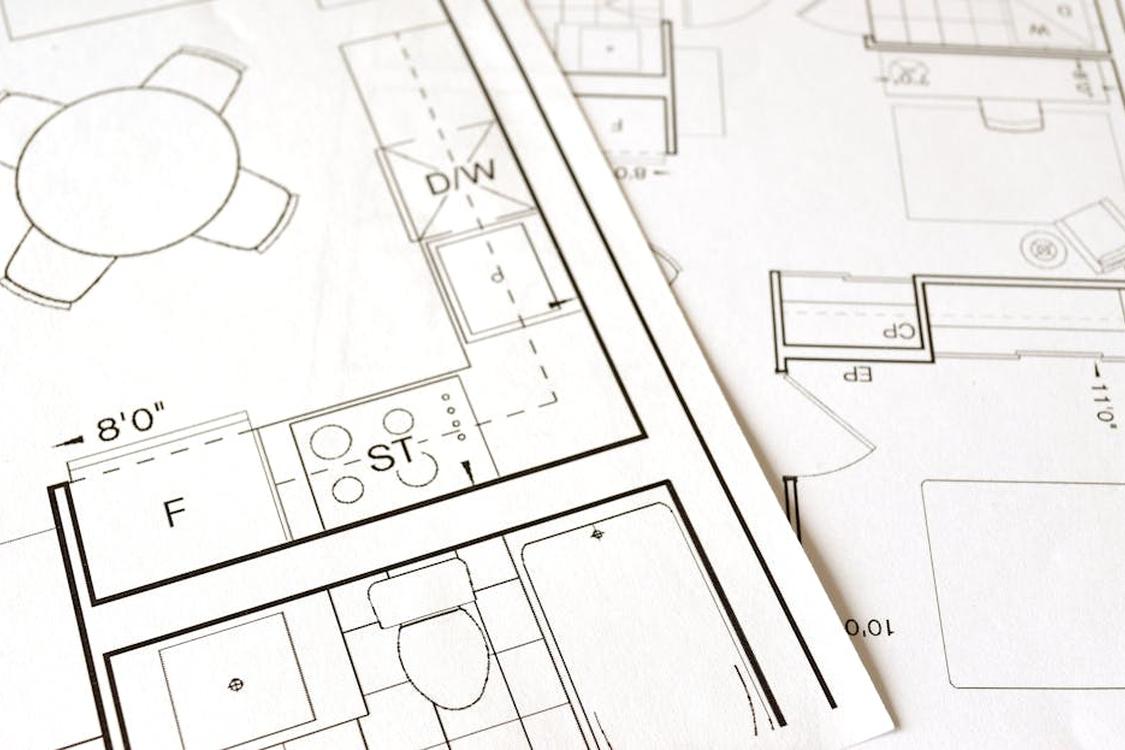Mastering electrical estimation requires precision, review of job specifications, and thoughtful calculations. Avoiding critical mistakes in crafting estimates can reduce risk and enhance profitability.
Get cozy with blueprints and understand every nook that might house a breaker or outlet. Ensure accurate material takeoffs and consider labor productivity rates and relevant overhead expenses.
Takeoff
In order to produce accurate electrical estimation, electrical estimators must have a firm understanding of the project specifications. This means they must be able to read and interpret plans and other relevant documentation provided by the client, engineers, or architects. Effective communication skills are also critical for this industry, as they help prevent misunderstandings and errors in the estimation process. Continuous learning is another essential characteristic of a successful electrical estimator, as the field of electricity is continuously evolving and new codes are released frequently.
When it comes to calculating costs for a commercial electrical project, there are many different variables that need to be taken into account. These factors include the size and complexity of the project, the type and quality of materials needed, labor costs, local regulations and permits, and overhead expenses. These elements can significantly impact the total cost of the project, making it important for estimators to take all of these elements into consideration when preparing an estimate.
Depending on the project, electrical estimators can choose to use one of three methods to prepare an estimate: pre-build, bottom-up, or top-down. Pre-build estimating is used for projects that are in the design stage and can help reduce unforeseen costs by identifying potential issues before construction begins. Bottom-up estimating is used for more traditional jobs, such as adding outlets or upgrading a service panel. This method can be less expensive than a pre-build estimate, but it requires significant time and effort to develop. Top-down estimating is typically reserved for larger projects, such as a complete building renovation or expansion.
Another factor that can significantly influence the price of a commercial electrical project is the amount of work that needs to be done. For example, rewiring a large house is much more complex than installing an outlet or replacing a switch. Therefore, it is important to understand the scope of work and the number of hours needed to complete the job in order to accurately calculate the cost of the project.
Finally, it is important for electrical estimators to be able to negotiate with clients and other parties in order to secure projects. This can be accomplished through a variety of ways, including offering discounts and other incentives, providing payment terms, or even discussing the possibility of working with other companies to split overhead costs.
Labor

A thorough understanding of the job specifications is essential when estimating a commercial project. This means reviewing architectural drawings and examining the site. It’s also a good idea to conduct a walkthrough, as the physical space will give you a clear picture of the work to be done and the components involved.
Estimating the cost of materials for a residential or commercial electrical project can vary widely depending on a number of factors, including geographic location and local market rates. In addition, it’s important to consider overhead costs and profit margin when pricing materials.
Labor is another factor that can make or break an estimate. Whether you’re estimating a new construction or rewiring an existing house, there are a few different methods for calculating labor costs. One popular method is the per-point approach, where each component is priced individually. This is often used for smaller projects where the amount of work can be easily determined.
Another approach is the unit cost technique, which prices each item by its size and complexity. This is an excellent way to nail down a precise figure for smaller items, such as the cost of installing light fixtures or outlets. The downside of this method is that it can be time-consuming, especially for large jobs.
Finally, there’s the guesstimation method, which is a quick and simple way to estimate electrical costs. This method involves estimating the number of labor hours required to complete the job, then adding in overheads and profit margin to arrive at an accurate estimate. While this method is not a solid solution for larger projects, it can be helpful for small jobs or for contractors who are on tight deadlines.
Mastering the art of accurate electrical estimating can help you win more bids and improve your bottom line. Start by taking your time with material takeoffs. Then, carefully factor in labor costs. Don’t forget to account for overhead, as every cent counts. With these insights, you can confidently create estimates that deliver the results your clients expect and deserve.
Materials
Estimating electrical projects involves calculating labor costs, material expenses, and overhead. This can be a time-consuming process, especially when considering variables like fluctuating material prices and diverse components such as wiring and circuit breakers. Additionally, ensuring that estimates are compliant with codes like the National Electrical Code (NEC) adds another level of complexity to the task. By avoiding critical mistakes in electrical estimation, electricians can increase accuracy and ensure their bids are accurate and competitive.
One of the biggest errors in electrical estimating is failing to adequately review and interpret project plans and specifications. This mistake can lead to inaccurate estimates that negatively impact the profitability of a job. Additionally, it’s important to consider any potential design changes that may impact the estimate.
Another common blunder is using insufficient or outdated pricing information to calculate materials and labor. It’s crucial to gather pricing information from reputable suppliers and incorporate real-time market price fluctuations into your estimates. Additionally, it’s essential to include overhead costs such as insurance and administrative fees. By avoiding these costly mistakes, electricians can improve the reliability and accuracy of their estimates.
An additional pitfall is ignoring the differences between residential and commercial work. Residential projects often involve working in existing structures, whereas commercial jobs can involve extensive new construction and large-scale requirements. It’s vital to consider the complexities and potential obstacles of each type of work. By doing so, electricians can provide more accurate estimates that align with the customer’s budget and expectations.
Finally, relying on intuition and past experiences without utilizing technology and specialized software can hinder estimation accuracy. It’s essential to utilize a specialized electrical estimating program that helps automate the estimating process, increase efficiency, and minimize errors. Embracing these tools can help streamline the estimating process and deliver accurate, reliable estimates that boost your profits and project success.
Overhead
When constructing a commercial electrical estimate, it’s essential to include all overhead costs. These expenses cover indirect expenses like insurance and rent, as well as necessary business tools. Adding these expenses to every estimate ensures that you are including all potential project costs, and prevents costly surprises that can cut into your profit margins.
Using a commercial electrical estimator software helps to make the estimation process faster and more accurate. This technology uses digital takeoff to automate quantity counts and translate project specifications into a materials list that can be priced. It also allows you to submit your list of items to a supplier for instant pricing, and compare prices across suppliers. This increases efficiency both on-site and in the office, and eliminates the risk of overlooking important materials or labor requirements.
Estimating electrical work correctly takes time and attention. A well-researched bid can help you win jobs, and a well-thought-out proposal will demonstrate your professionalism and ability to deliver value to your customers. Developing an electrical estimate is a critical skill that will help you build trust and grow your field service business.
Residential projects require a different approach to estimating, as varying home sizes and ages can impact the complexity of the project. In addition, some homeowners have specific preferences for features like smart home technologies. Residential estimates are also complicated by the need to access tight spaces like crawl spaces and attics.
When preparing estimates for commercial projects, it’s important to be familiar with the latest technologies and best practices in the industry. This will allow you to propose innovative solutions that improve efficiency, sustainability, and cost savings for your clients.
Creating an electrical estimate requires careful review of blueprints and specifications, a comprehensive understanding of all the materials needed, and an accurate calculation of labor hours. Commercial estimates can be more complex than residential, as they must account for larger scales and potential delays. It’s also important to consider unseeable costs like permits and inspections, which can add up quickly and increase the overall cost of a project.




